From development land, residential land to townhomes whatever you are looking for RPM has the ideal location for you.
From development land, residential land to townhomes whatever you are looking for RPM has the ideal location for you.

Development Land
Specialists in sourcing and selling development land for commercial and residential projects. Explore current and past opportunities.
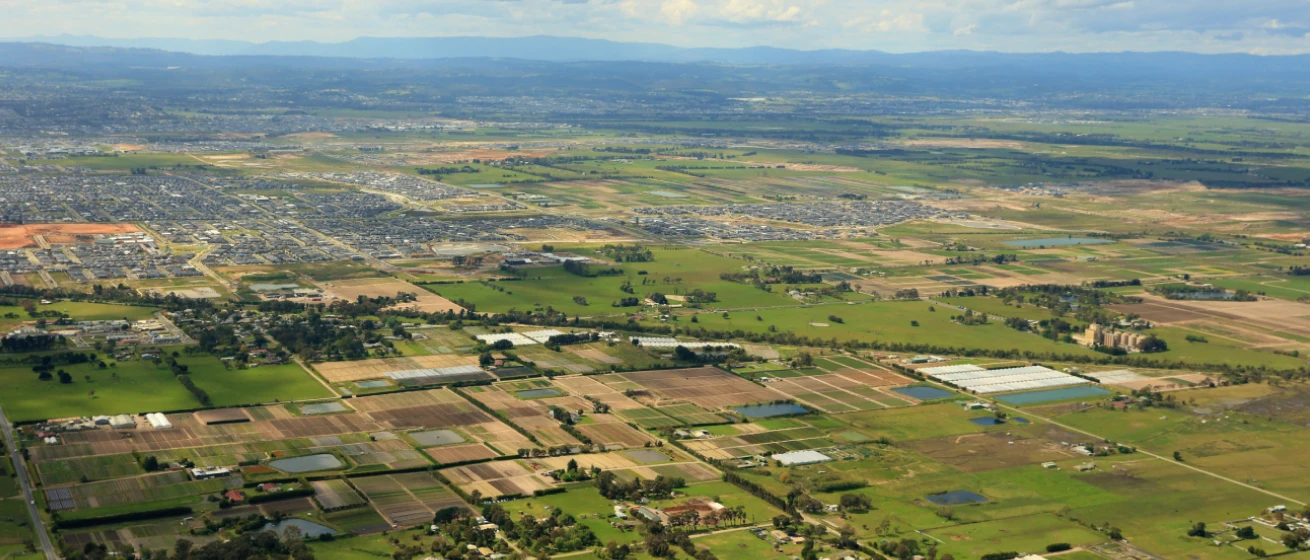
Residential Land
Across Australia’s East coast RPM has the ideal land to suit your lifestyle and dream home, explore the projects RPM is proud to be partners in selling.
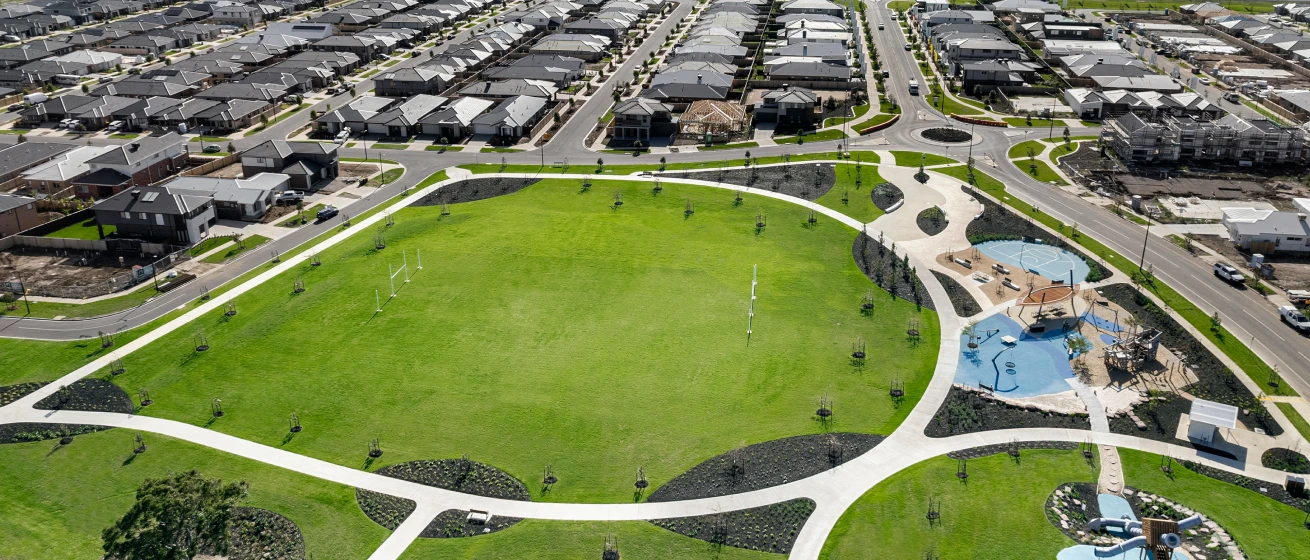
Townhomes
With townhouses to suit every lifestyle and budget, find your perfect home today.
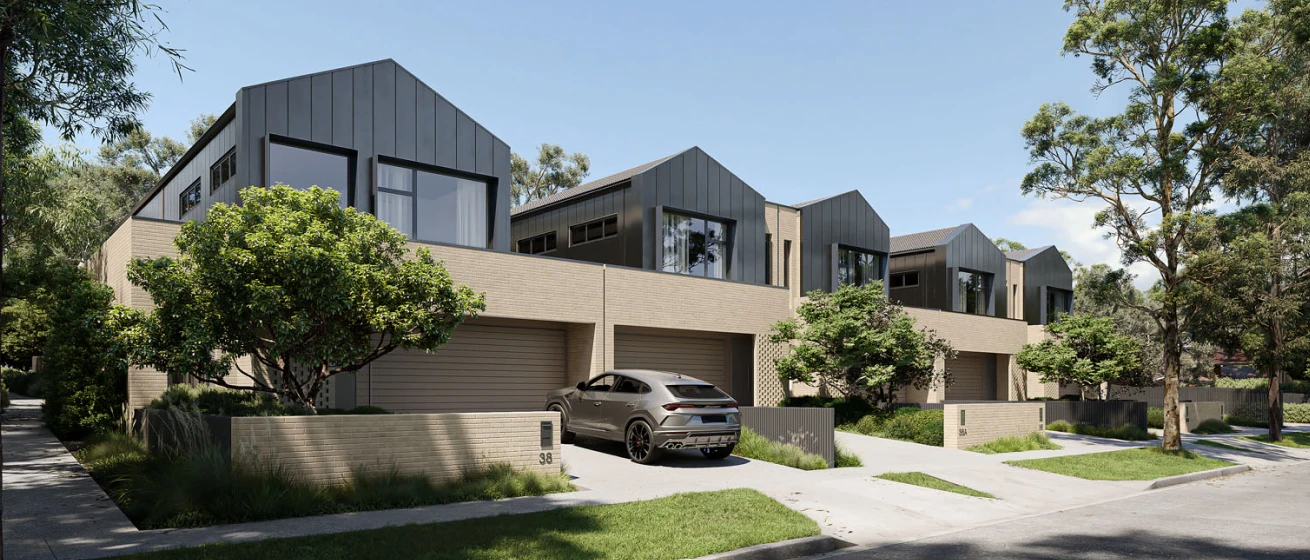
Apartments
Inner city & coastal new apartment projects. Explore our projects to find your perfect location and style of living.

RPM offer a comprehensive suite of professional services at every stage of your property journey.
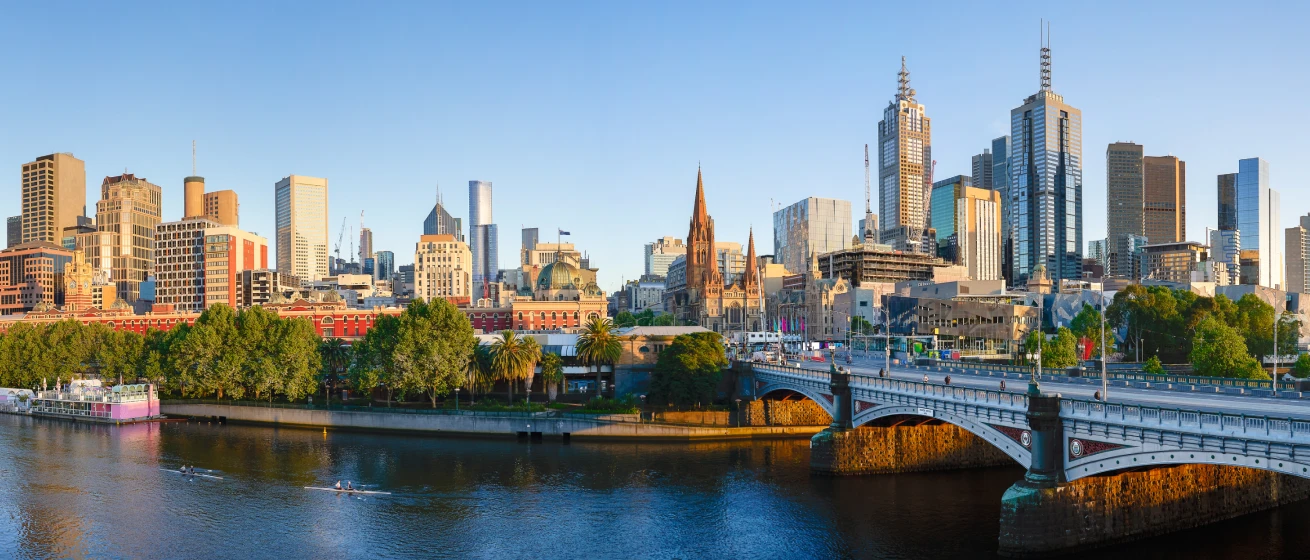
RPM offer a comprehensive suite of professional services at every stage of your property journey.
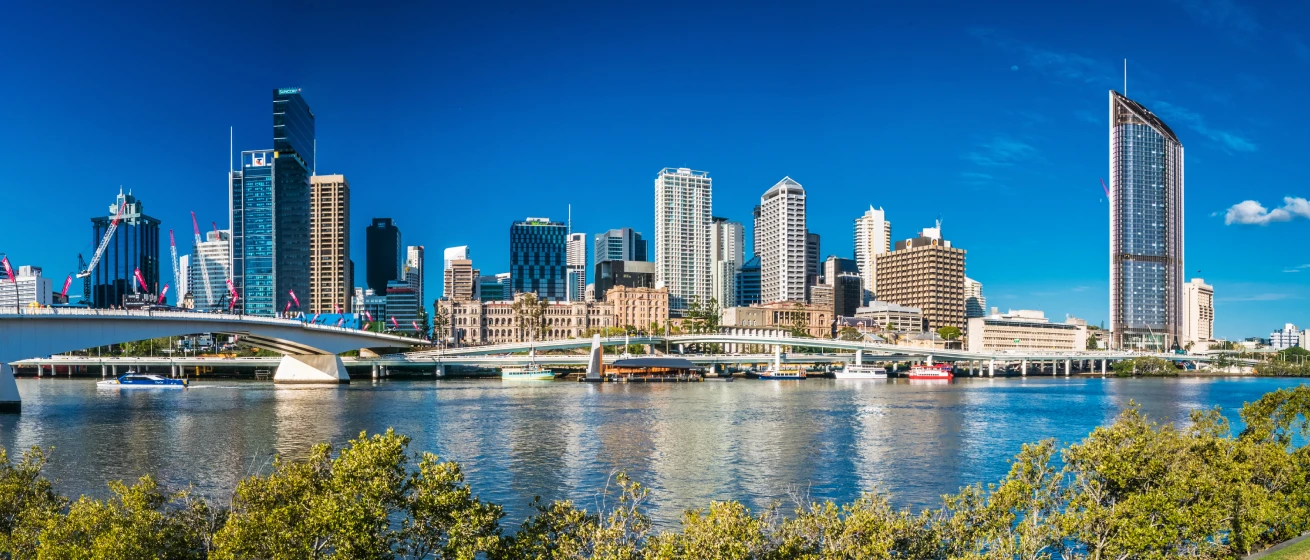
Pioneering new benchmarks in property intelligence, know-how, and data-driven insights, read the RPM Group's story.
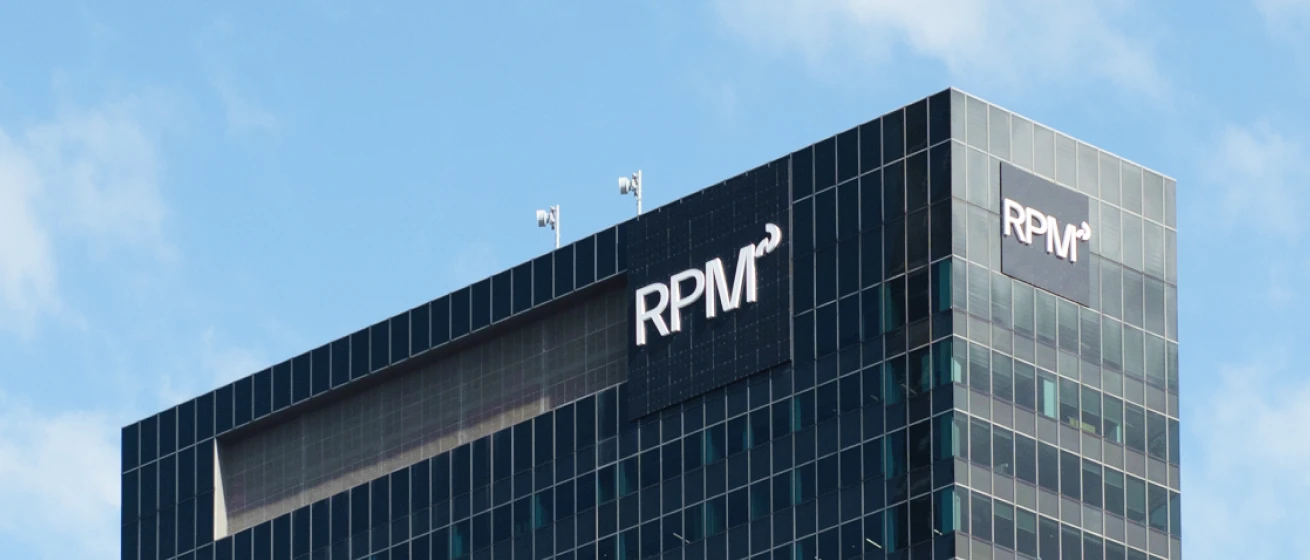
Our Story
Since 1994, RPM has grown to become the industry-leader with an expanding national presence; offering a comprehensive suite of services

Our Team
The heart of our business are the people who make it thrive. Discover the passion and dedication of our national team.

Careers
Our team of property experts is truly unparalleled. See how you can join this exceptional group and shape your future with us.

14.02.2025

The recent slowdown in unit prices can be largely attributed to two main factors: affordability constraints and a reduction in net overseas migration. Together, these have dampened demand in the market, signaling a shift in dynamics.
Affordability is the Primary Constraint on Growth
Affordability is now the key factor restraining both price and rent growth. For many households, particularly those on single incomes living in townhomes or apartments, housing costs have become a significant burden. The benchmark for housing stress, defined as spending more than 30% of income on rent or mortgage payments, has become a widespread reality. This growing financial strain is making it harder for potential buyers and renters to absorb price hikes, effectively putting the brakes on market expansion.
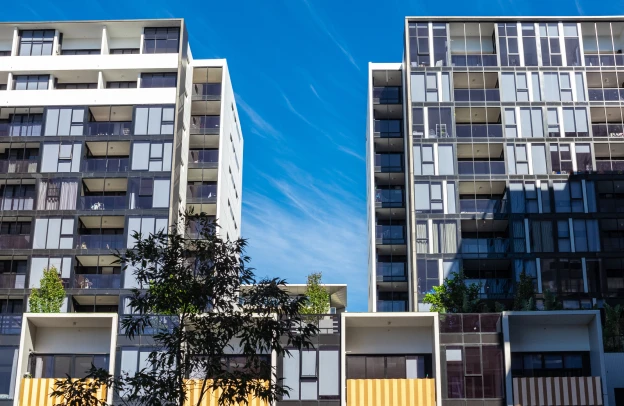
Lower Net Overseas Migration is Leading to a Slower Flow of New Demand
In addition to affordability concerns, a slowdown in net overseas migration has further reduced demand-side pressures. A marked decline in foreign student arrivals has been a key contributor to this shift. With fewer newcomers entering the rental and apartment markets, demand has softened, providing some stability to prices. While this might offer a degree of relief for prospective tenants and buyers, it has also created a more subdued market environment.
Supply Constraint
However, the easing of demand is being offset by entrenched supply constraints. Despite a slowdown in demand, the market is facing ongoing challenges on the supply side. Low approval rates for new developments are already having a negative impact on start and completion rates. Even when projects receive formal approval, they often face significant obstacles in securing financial viability. Many developments fail to meet pre-sale or funding thresholds, further exacerbating the supply shortage. As a result, the market finds itself in a delicate balance. While demand stabilises, the constrained supply ensures that rents and unit prices are unlikely to experience significant drops in the short to medium term.

Government Initiatives are Positive but Inadequate for Off-the-Plan Projects
State government efforts to streamline approvals and address construction financing bottlenecks are important steps in the right direction. However, there are still major obstacles to overcome, especially for off-the-plan developments.
Consider this: at a conservative estimate of $12,000 per square metre, a 70sqm off-the-plan apartment would cost approximately $840,000 – 34% higher than the Melbourne median unit price of $628,000. This price gap continues to present challenges in the feasibility of new apartment projects, particularly for developers aiming to maintain financial viability.
This article references findings from our January 2025 Melbourne Apartments & Townhomes Market Report. Read the full report here.
You can see how this popup was set up in our step-by-step guide: https://wppopupmaker.com/guides/auto-opening-announcement-popups/
